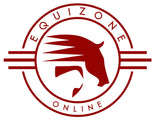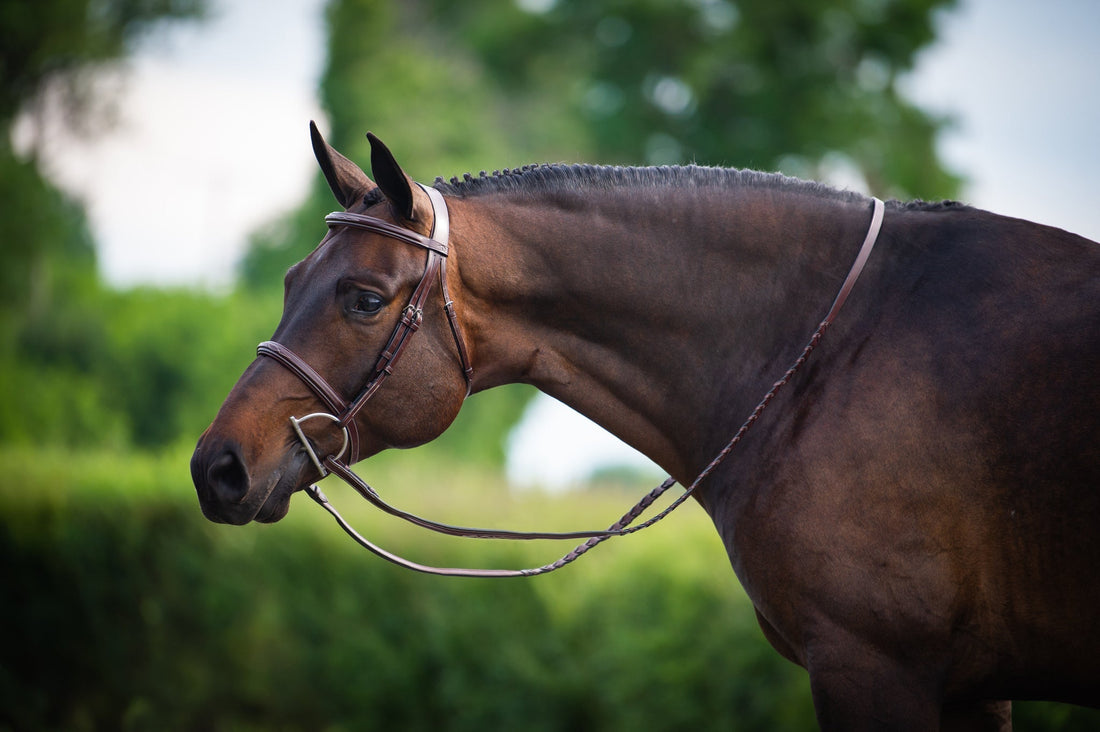Bei jedem internationalen Turnier passiert hinter den Kulissen weit mehr, als die Zuschauer in der Arena sehen. Die FEI (Fédération Équestre Internationale) hat strenge Regeln, um sicherzustellen, dass die Pferde fair, komfortabel und in bestem Zustand antreten. Ab Ankunft eines Pferdes auf dem Turniergelände bis zu dem Zeitpunkt, an dem es die Arena verlässt, gibt es eine ganze Reihe von Kontrollen, die es bestehen muss.
Ein Blick auf den Ablauf:
Schritt 1: Ankunft & Biosicherheit
Wenn die Pferde eintreffen, geht es nicht sofort in die Boxen. Das Veterinärteam der FEI führt zunächst wichtige Ankunftskontrollen durch:
-
Identitätskontrolle – Der Pferdepass wird überprüft und der Mikrochip ausgelesen, um sicherzugehen, dass das richtige Pferd zum Turnier angekommen ist.
-
Temperaturkontrolle – Dies geschieht aus Gründen der Biosicherheit. Da so viele Pferde aus verschiedenen Ländern kommen, ist es entscheidend, mögliche Krankheitsanzeichen zu erkennen, bevor sie den Stall betreten.
-
Allgemeine Gesundheitskontrolle – Die Tierärzte verschaffen sich einen Überblick über den Gesamtzustand des Pferdes und stellen sicher, dass keine akuten gesundheitlichen Probleme vorliegen.
Erst nachdem alle Schritte bestanden sind, darf das Pferd in die Boxen. Hierbei geht es vor allem darum, die Gesundheit jedes Pferdes auf dem Turniergelände zu schützen.
Schritt 2: Die offizielle Tierarztkontrolle
Bevor die Prüfungen starten, muss jedes Pferd zur offiziellen Tierarztkontrolle, dem sogenannten Trot-Up, vorgestellt werden. Dies ist eine formelle Untersuchung vor den FEI-Tierärzten und den Richtern.
Das Pferd wird an der Hand geführt und auf einer festen Fläche geradeaus getrabt. Die Tierärzte achten auf Anzeichen von Lahmheit, ungleichmäßiger Bewegung oder Unwohlsein. Wirkt ein Pferd nicht gesund, kann es später erneut überprüft werden oder in manchen Fällen gar nicht als startbereit eingestuft werden.
Dies ist keine reine Formalität – es handelt sich um einen entscheidenden Schritt zum Schutz des Pferdes. Schon geringfügige Unregelmäßigkeiten in der Bewegung können unter den Belastungen des internationalen Springens zu Verletzungen führen, weshalb die Tierärzte hier genau prüfen, dass nur gesunde, fitte Pferde weiterkommen.
Schritt 3: Überprüfung während des Warmreitens
Die Abreitehalle ist die letzte Untersuchung, bevor ein Pferd antreten darf. Hier kontrollieren die FEI- Beauftragten genau Sattel und Ausrüstung.
-
Kontrolle der Nasenriemen – Seit dem 1. Mai 2025 verwenden die Beauftragten das offizielle FEI-Messgerät (1,7 cm), um sicherzustellen, dass die Nasenriemen nicht zu fest angezogen sind. Passt das Messgerät nicht, muss der Nasenriemen gelockert werden, bevor das Pferd starten darf. Diese Kontrollen gelten auf allen Niveaus (2★–5★), aber nicht jedes Pferd wird überprüft. Stattdessen erfolgen sie selektiv oder zufällig..
-
Gamaschenkontrolle – Die Beauftragten überprüfen sowohl Vorder- als auch Hinterbeingamaschen. Jede Gamaschen wird von Hand inspiziert und anschließend beim Anlegen beobachtet, um sicherzustellen, dass alle korrekt sitzen und nicht zu fest sind. Dies verhindert den Missbrauch der Ausrüstung und gewährleistet Komfort sowie Fairness..
-
Bei CSI 4★- und 5★-Grand-Prix-, Nationenpreis- und höheren Prüfungen ist dieses Verfahren für jedes Pferd verpflichtend.
-
Bei CSI 2★- und 3★-Turnieren kann die Gamaschenkontrolle durchgeführt werden, liegt jedoch im Ermessen des Chefbeauftragten, sodass nicht jedes Pferd unbedingt überprüft wird..
-
Sobald die Beauftragten ihre Kontrollen abgeschlossen haben, ist das Pferd offiziell für den Start freigegeben.
Schritt 4: Kontrollen nach der Prüfung
Nach der Prüfung erfolgt eine weitere Kontrolle. Sobald ein Pferd den Parcours verlässt, stehen die Beauftragten häufig bereit, um Gamaschen und Ausrüstung erneut zu prüfen. Diese Nachkontrolle stellt sicher, dass während der Runde nichts verändert wurde und alle Ausrüstungsgegenstände den FEI-Vorschriften vollständig entsprechen.
Warum diese Kontrollen wichtig sind
Die Arbeit außerhalb des Rings wird oft übersehen, doch diese Kontrollen sind essenziell für den Sport. Sie:
-
Schützen die Gesundheit und das Wohlbefinden der Pferde.
-
Sorgen für Fairness zwischen allen Teilnehmern.
-
Erhalten die Integrität des internationalen Springreitens.
Bevor ein Pferd die Prüfung antritt hat es bereits mehrere Kontrollstationen durchlaufen. Dieses System stellt sicher, dass der Sport nicht nur aufregend anzusehen ist, sondern auf jedem Niveau fair und pferdefreundlich bleibt.




